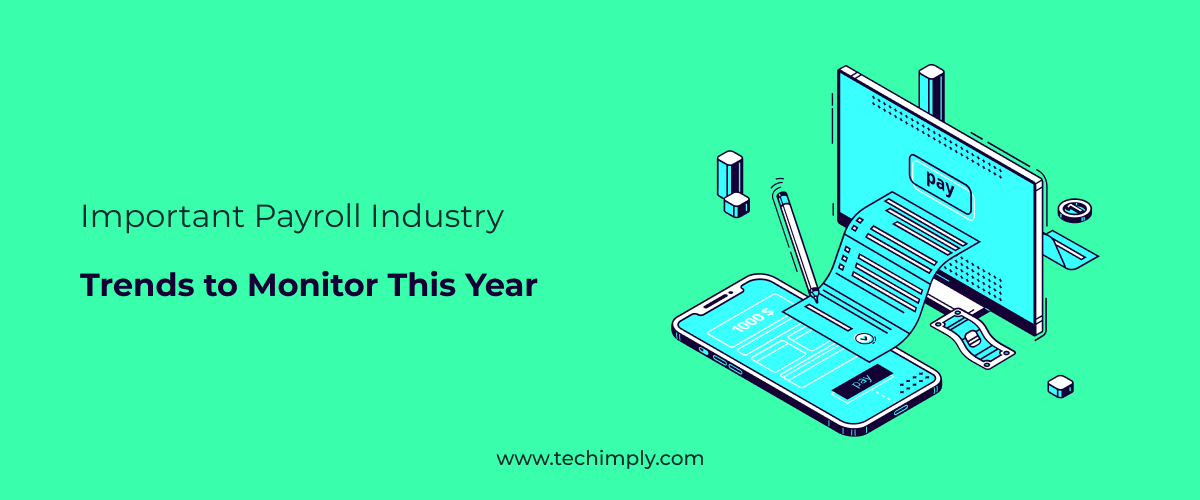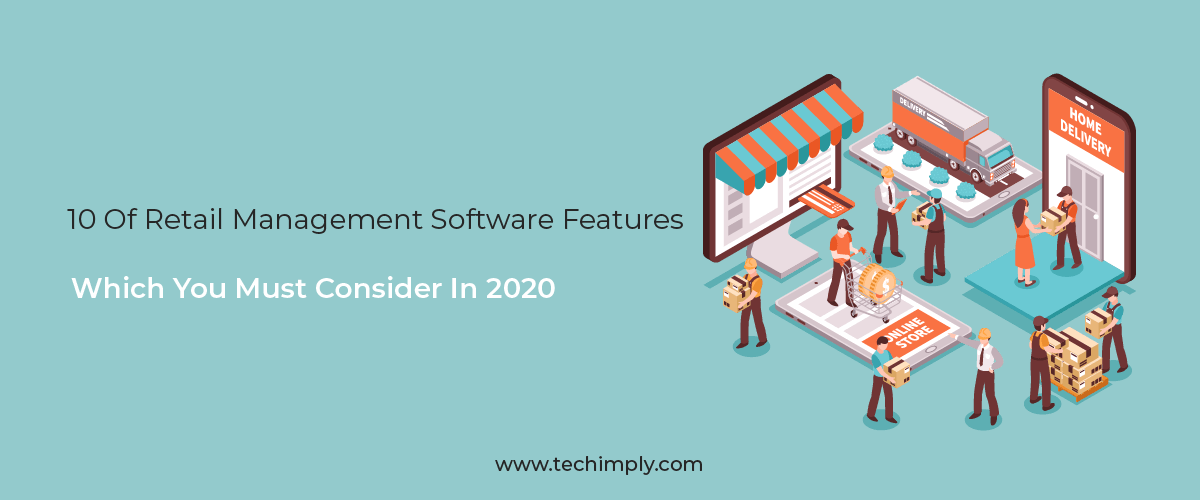In the ever-evolving landscape of cloud services and data security, compliance with industry standards and regulations is imperative, especially for Software as a Service (SaaS) providers handling sensitive information. One of the prominent compliance frameworks in the United States, particularly for cloud service providers, is the Federal Risk and Authorization Management Program (FedRAMP). FedRAMP ensures a standardized approach to security assessment, authorization, and continuous monitoring for cloud products and services. For SaaS providers, achieving and maintaining FedRAMP compliance is not only a mark of credibility but also a gateway to accessing lucrative government contracts. In this article, we'll delve into the essentials of FedRAMP compliance for SaaS providers, exploring its significance, key components, and the process involved.
► Are You Looking For SaaS Management Software? Here Is The List Of Best Saas Management Software solutions
Understanding FedRAMP Compliance
FedRAMP was established to provide a unified security framework for cloud services used by federal agencies. The program aims to streamline security assessments and authorize cloud service offerings to ensure they meet stringent security requirements. For SaaS providers, compliance involves adhering to a set of security controls and guidelines specified by FedRAMP to protect government data.
Importance of FedRAMP Compliance for SaaS Providers
the importance of FedRAMP compliance for Software as a Service (SaaS) providers extends beyond mere regulatory adherence. It significantly impacts their operational credibility, market reach, and security posture. Here's an in-depth exploration of the significance:
1. Access to Lucrative Government Contracts
Federal agencies deal with sensitive data and require secure, reliable cloud services. FedRAMP compliance positions SaaS providers as trustworthy partners capable of meeting the rigorous security demands of government entities. Achieving compliance opens the door to a vast marketplace of government contracts, granting access to substantial revenue streams that might otherwise be inaccessible.
2. Enhanced Security Measures
While FedRAMP compliance is a regulatory requirement, its implementation also fortifies a SaaS provider's overall security posture. The stringent security controls mandated by FedRAMP are designed to mitigate risks and protect sensitive information. By adhering to these controls, SaaS providers improve their cybersecurity protocols, ensuring robust protection against evolving threats, not only for government data but also for all their clients' sensitive information.
3. Trust, Credibility, and Competitive Advantage
FedRAMP compliance serves as a hallmark of trust and credibility in the tech industry, especially within government circles. It signifies that a SaaS provider takes data security seriously and has undergone stringent evaluations to meet federal security standards. This credibility extends beyond government agencies to private organizations and individual users seeking secure cloud services. It becomes a competitive advantage, setting compliant providers apart from those lacking such credentials.
4. Market Expansion Beyond Government Contracts
While the immediate focus of FedRAMP compliance is often on gaining access to government contracts, the benefits aren't limited to the public sector. The credibility earned through FedRAMP compliance can enhance a SaaS provider's reputation across various industries. It signals a commitment to high-security standards, making them an attractive choice for businesses, enterprises, and organizations that prioritize data security.
5. Streamlined Security Practices and Cost Savings
Complying with FedRAMP standards necessitates establishing and maintaining robust security practices. While this might initially require investment in infrastructure, training, and documentation, in the long run, it streamlines security operations. A well-structured security framework not only reduces the risk of breaches but also minimizes potential costs associated with data breaches, legal liabilities, and damage to brand reputation.
6. Adherence to Evolving Regulatory Standards
The landscape of data protection and cybersecurity regulations is continually evolving. FedRAMP compliance equips SaaS providers with a framework that aligns with current federal security standards. This proactive approach ensures readiness to adapt to future regulatory changes, thereby reducing the risk of non-compliance penalties and potential business disruptions.
Key Components of FedRAMP Compliance
The key components of FedRAMP compliance for Software as a Service (SaaS) providers involve various facets that collectively ensure adherence to stringent security standards. These components encompass specific areas of focus and implementation to meet FedRAMP requirements effectively:
1. Security Controls Implementation
-
Access Control: Implement stringent access controls to ensure that only authorized individuals can access data and systems. This includes authentication measures, user permissions, and access restriction protocols.
-
Data Encryption: Encrypt data both in transit and at rest to safeguard it from unauthorized access or interception. Encryption protocols should adhere to FedRAMP encryption standards.
-
Incident Response and Reporting: Establish robust incident response procedures to detect, respond to, and report security incidents promptly. This involves creating incident response plans, defining roles and responsibilities, and ensuring timely incident reporting.
-
Configuration Management: Maintain strict control over system configurations to minimize vulnerabilities. This includes managing software and hardware configurations, conducting regular audits, and implementing change management processes.
-
Continuous Monitoring: Implement continuous monitoring practices to detect and mitigate risks in real-time. This involves employing tools for monitoring, analyzing security events, and promptly addressing any identified vulnerabilities or threats.
2. Documentation and Reporting
-
Security Documentation: Develop comprehensive documentation outlining security policies, procedures, and controls aligned with FedRAMP requirements. This includes System Security Plans (SSPs), Security Assessment Reports (SARs), and Plans of Action and Milestones (POA&Ms).
-
Risk Assessments: Conduct thorough risk assessments to identify, assess, and mitigate risks associated with the SaaS platform. Document risk assessment findings and mitigation strategies in compliance with FedRAMP guidelines.
-
Compliance Reports: Prepare and submit compliance reports detailing the implementation of security controls, ongoing monitoring activities, and any modifications made to the system infrastructure.
3. Continuous Monitoring and Maintenance
-
Ongoing Assessments: Conduct regular security assessments and audits to ensure the continued effectiveness of implemented controls. Engage in vulnerability scanning, penetration testing, and security assessments periodically or in response to significant system changes.
-
Remediation and Updates: Promptly address identified vulnerabilities or weaknesses through remediation actions. Ensure that systems and software components are regularly updated and patched to address known security flaws.
-
Change Management: Implement robust change management processes to track and manage system changes effectively. Document changes, assess their impact on security, and ensure that proper authorization and testing precede any modifications to the system.
The FedRAMP Compliance Process for SaaS Providers
-
Preparation: Understand the requirements outlined in the FedRAMP Security Controls Baseline. Evaluate the current state of your SaaS platform's security and identify gaps.
-
Documentation and Implementation: Develop necessary documentation and implement security controls based on FedRAMP guidelines. This involves creating policies, procedures, and security measures aligned with the compliance requirements.
-
Security Assessment: Engage a third-party assessment organization (3PAO) to conduct an independent security assessment of your SaaS platform. This assessment evaluates the implemented controls against the FedRAMP standards.
-
Authorization: Submit the security assessment and documentation to the FedRAMP Program Management Office (PMO) for review and authorization. Upon approval, the SaaS provider receives the FedRAMP authorization.
-
Continuous Monitoring: Continuously monitor the SaaS platform's security posture, report incidents, and conduct periodic assessments to maintain compliance.
Conclusion
FedRAMP compliance is a critical milestone for SaaS providers aiming to offer services to federal agencies. Achieving and maintaining compliance demonstrates a commitment to data security, enhances credibility, and opens avenues for expanding business opportunities in the government sector. While the journey towards FedRAMP compliance may be rigorous, the benefits in terms of security, credibility, and market access are invaluable for SaaS providers operating in today's highly competitive cloud services landscape.

 Providers.jpg)




